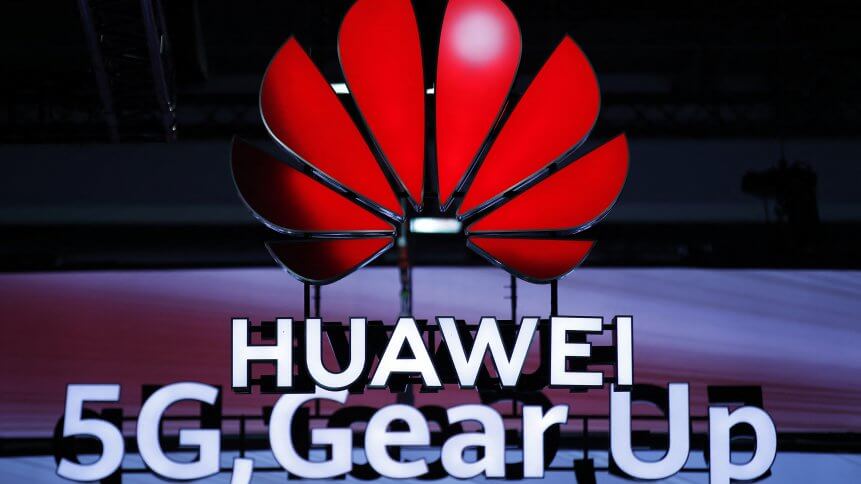The US is paying a hefty price for banning Chinese 5G gear

- With the dawn of the 5G connectivity future, the US has been pushing small carriers to rip out and replace whatever parts of their infrastructure come from China — no matter the cost
- Congress had set aside US$1.9 billion for the Secure and Trusted Communications Networks Reimbursement Program, but the total of applications revealed a shortfall of US$3.7 billion
- The Federal Communications Commission wants Congress to make up the arrears
On June 30, 2020, the Federal Communications Commission (FCC) designated Huawei and ZTE as national security threats. The move resulted in challenges for rural Americans along with the small wireless carriers that rely upon equipment, including for 5G networks, from the two Chinese telecom giants. Almost two years later, it has come to light that the intensified scrutiny will be costing the US a staggering US$5.6 billion.
The mid-2020 FCC order followed the passing of the Secure and Trusted Communications Networks Act of 2019, which prevents the use of federal subsidies to purchase communications equipment from “untrusted suppliers’ ‘ like Huawei and ZTE. The legislation also mandated a “rip and replace” program to remove extant equipment from both Chinese firms.
The Commission opened the filing window for the program between October 29, 2021, and January 28, 2022. According to a report by local media, the US Congress had set aside US$1.9 billion for the program, but a preliminary total of applications for reimbursement revealed a shortfall of US$3.7 billion.
Experts have in fact warned that the appropriated funds were unlikely to cover the cost of ripping and replacing banned gear for smaller carriers, particularly since equipment from approved vendors is often considerably more expensive. As it is, small carriers were encouraged by the government to provide services for the lowest possible cost, which prompted many to lower equipment costs from Huawei and ZTE.
In a statement last week by the FCC, Chairperson Jessica Rosenworcel is said to have notified Congress that providers have initially requested approximately US$5.6 billion from the Secure and Trusted Communications Networks Reimbursement Program. The amount is meant to cover the costs of removing, replacing, and disposing of insecure equipment and services in US networks.
YOU MIGHT LIKE

How can businesses prepare for 5G? Ask Huawei
“Last year Congress created a first-of-its-kind program for the FCC to reimburse service providers for their efforts to increase the security of our nation’s communications networks,” Rosenworcel said. “We’ve received over 181 applications from carriers who have developed plans to remove and replace equipment in their networks that pose a national security threat.”
She added that more work is needed to review these applications, but she looks forward to working with Congress to ensure that there is enough funding available for this program. “[This is] to advance Congress’s security goals and ensure that the US will continue to lead the way on 5G security,” she stated.
Experts reckon the FCC order is particularly significant because of Huawei’s eminence among telecommunications networks in rural America. In fact, the US$65.08 billion Chinese conglomerate has long sought to work with small-town internet companies in the US to replace old-fashioned landlines with high-speed internet connections. In 2018, an estimated 25% of Rural Wireless Association (RWA) networks used some equipment from either Huawei or ZTE.









